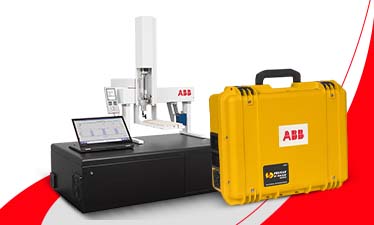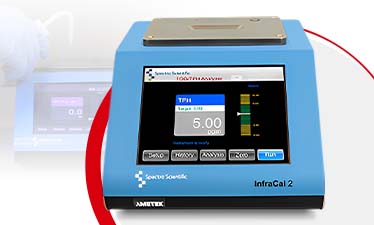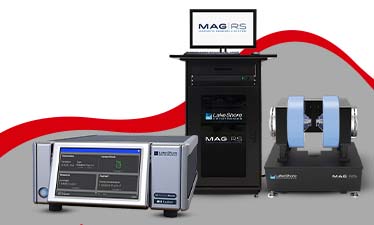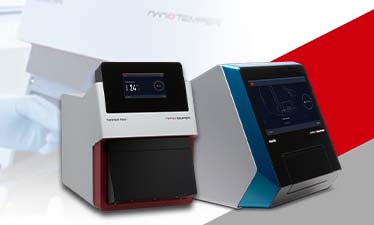Understanding the Autopilot System in Aircraft
The significance of practical learning in aviation and aerospace training is of immense value. Candidates are required to go through rigorous theoretical and practical training for the best performance when they are on job.
We at BCL offer a wide range of aviation and aerospace training lab solutions that help trainees get the best hand-on experience. Among a variety of training lab equipment, the advanced autopilot system is one of the most prominent units.
But what exactly is an autopilot system? And why does it play an important role in aircraft? Find all the answers to it by reading more now.
What is an autopilot?
An autopilot is basically a tool or software that could manage the aircraft under specific conditions utilising the vehicle’s mechanical, hydraulic and electronic systems. The autopilot system allows the pilot to follow the flight plan and can stabilise height and speed along with the location of the aircraft’s front (heading).
Pilots primarily lead the aircraft in a regulated manner by the use of autopilot except for departure and landing. Autopilot is mostly activated on passenger aircrafts.
The Work Mechanism of Autopilot
The autopilot can take part in most of the controlled mechanisms except in take-off. Generally, the autopilot system regulates the movement of the aircraft around the gravity centre and guides the aircraft as per the safety parameters.
Before the flight, the route data is uploaded to the autopilot software and from the moment autopilot is programmed by the pilot, the system controls the aircraft within the uploaded route data. Passenger planes generally have 3 different types of autopilot software – one-axis, two-axis and three-axis.
The next generation aircraft can only be guided by enhanced three-axis autopilots. These aircrafts having autopilots can also be directed by regulating the rudder along with the reclining and rotational movements.
In the most newer aircraft autopilot systems, the autopilot systems are able to perform almost all of the standard flight manoeuvres. The climbing and descent flights are only guided by the pilots except for in extreme cases. The autopilot system is able to perform all the operations according to the pilot’s commands.
When is Autopilot Activated?
The autopilot system is generally activated sometime after the aircraft takes off and is turned off before the aircraft lands. Autopilot functions as a pilot when the flight system is malfunctioning or the sight is reduced. However, the authorization of activating and deactivating autopilot may differ from one plane to another.
Is it possible to Land an Aircraft with Autopilot?
According to some essential commands, the autopilot system can land an aircraft. It is known as an automatic landing system. However, if the aircraft is being landed under certain difficult conditions, then the landing is performed as per the specific safety parameters with the help of Instrument Landing System, here the autopilot performs in sync with other aircraft systems.
At BCL, we offer the best-in-class aviation and aerospace training lab solutions that also includes the Advanced Autopilot System Trainer that is designed to understand the three-axis autopilot system used in aircrafts.








